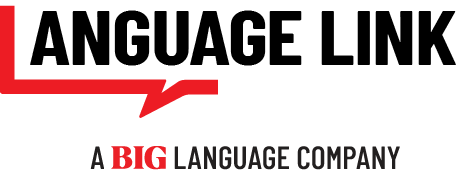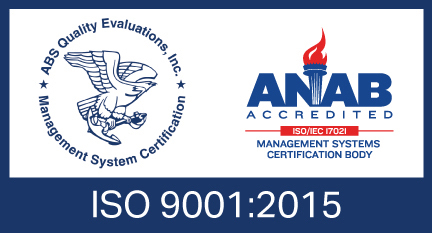
As companies look at new ways to improve their customer experience (CX), many are adding multilingual support to serve more customers and create brand loyalty. The Center for Immigration Studies finds that 67.3 million residents in the United States now speak a language other than English at home.1 That’s a number larger than the population of several European nations, including France, Italy and Spain.2 Also, a well cited study published by Harvard Business Review found that people prefer companies and brands that offer information in their native languages,3 and that people are more likely to actually buy from these companies as well. Even more importantly, for more than half of the study participants, access to information in their language is even more important than price.3 This means that providing multilingual support is more vital than ever before, and if you want to take your customer experience to the next level, you’ll need to commit to utilizing multilingual support.
Research the Language Needs of Your Customers
Boosting your Customer Experience (CX) with multilingual support is easier than most people think. It begins with researching the top languages spoken in the markets you serve. Language data is also widely available via the United States Census Bureau. When you combine this data with the language preference information that you have collected about your own customers, this becomes a good foundation from which you can decide on the languages you will offer and support.
Exploring Which Customer Channels Need Multilingual Support
By understanding all the channels where customers are currently finding you, and by exploring new channels to bring you additional customers, you have the potential to create a truly multilingual omnichannel customer experience that serves everyone. Here are some popular channels where multilingual support is often placed:
Transforming Your Contact Center with Multilingual Support
Adding multilingual support to your contact center can immediately boost your customer experience by ensuring every customer receives the same level of service, regardless of their language, culture, or locale. As noted earlier, there are tens of millions of people in the U.S. that speak a language other than English, which means that by addressing the language needs of this large yet underserved demographic, you have the potential to vastly improve your market share.
Phone support is often the heart of contact centers. Multilingual Over-the-Phone Interpretation support can empower your agents to handle calls in a variety of languages. Teaming up with a language service provider that offers Over-the-Phone Interpretation instantly gives your agents access to on-demand interpreters. A leading provider like Language Link can offer 24/7/365 access to professional interpreters in hundreds of languages. For many contact centers, this is a cost-effective way to improve their multilingual support without having to commit in-house resources or make the large, ongoing financial investment required to hire and retain multilingual staff. This service can also complement contact centers that do have some in-house staff, but would like access to support in additional languages.
Translating Your Website For an Improved Multilingual Customer Experience
There are many benefits to translating and localizing your website. It can increase your potential audience by boosting your site’s accessibility, so more people can access it and become your customers. From a customer experience perspective, translating the support pages on your website, such as Frequently Asked Questions, How To’s, Product Information, and important updates keeps all customers, regardless of their language, informed so that they are more happy and satisfied and are more likely to become loyal customers.
Translating Email Campaigns For an Improved Multilingual Customer Experience (CX)
Email remains a preferred customer communication channel. In fact, it continues to grow in popularity. In 2019, email was used by 3.9 billion people.4 This figure is set to grow to 4.3 billion users by 2023 (Statista, 2020).4 Providing email communications and campaigns in your customers’ preferred languages better serves their needs and is one more touchpoint that improves your customers’ experience.
Translating Social Media For an Improved Customer Experience
Across the globe there are 3.49 billion active social media users, with the average person having 7.6 social media accounts.5,6 With the average user spending 142 minutes a day on social media7, you can see why multilingual content is in high demand on social media platforms. With the aid of a translation agency, you will be able to take your valuable social media content and convert it into the languages of the new audiences you wish to target. This will give your social media brand improved visibility and engagement. When working with a translator, you will want to create a workflow wherein you coordinate the publication of your translated social media content in advance, so that it is posted simultaneously in all languages.
Subtitling Videos
By 2022, online videos will make up more than 82% of all consumer internet traffic, fifteen times more than in 2017.7 Videos can take all kinds of forms including tutorials, interviews, reviews, testimonials, recorded events, advertisements, documentaries and so many more. If you are using video to communicate with customers, then enhancing it with translated subtitles will help you reach new audiences in new languages. Team up with a professional subtitling service provider like Language Link and improve your multilingual support in this dynamic and ever-expanding channel.








